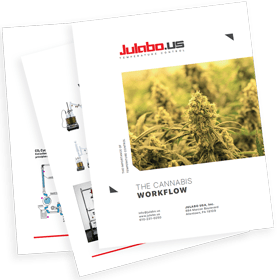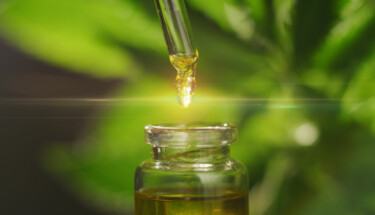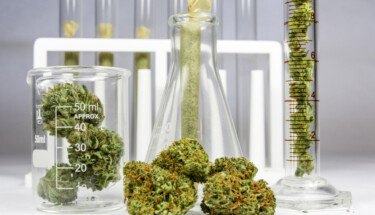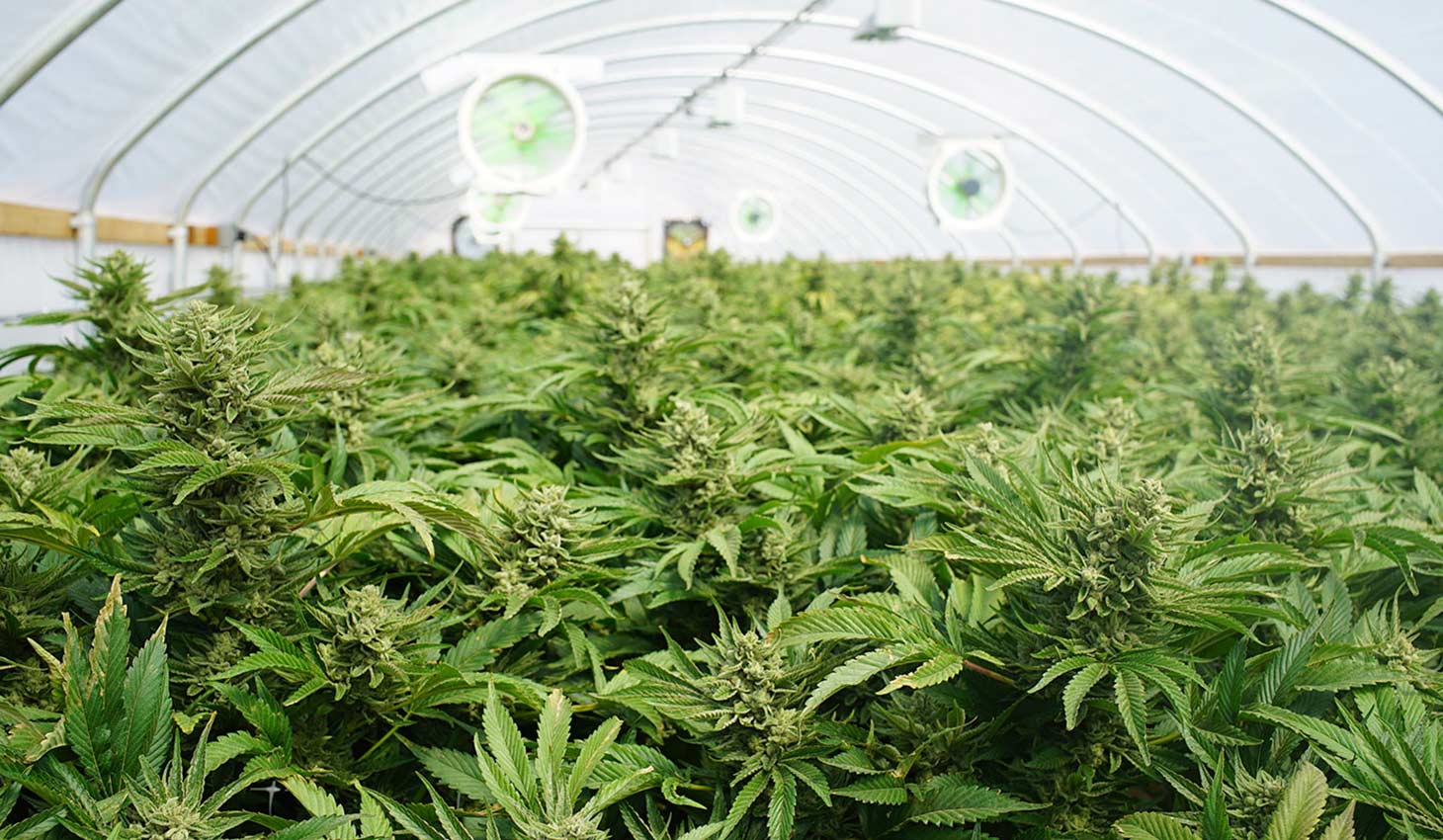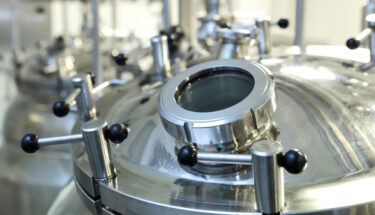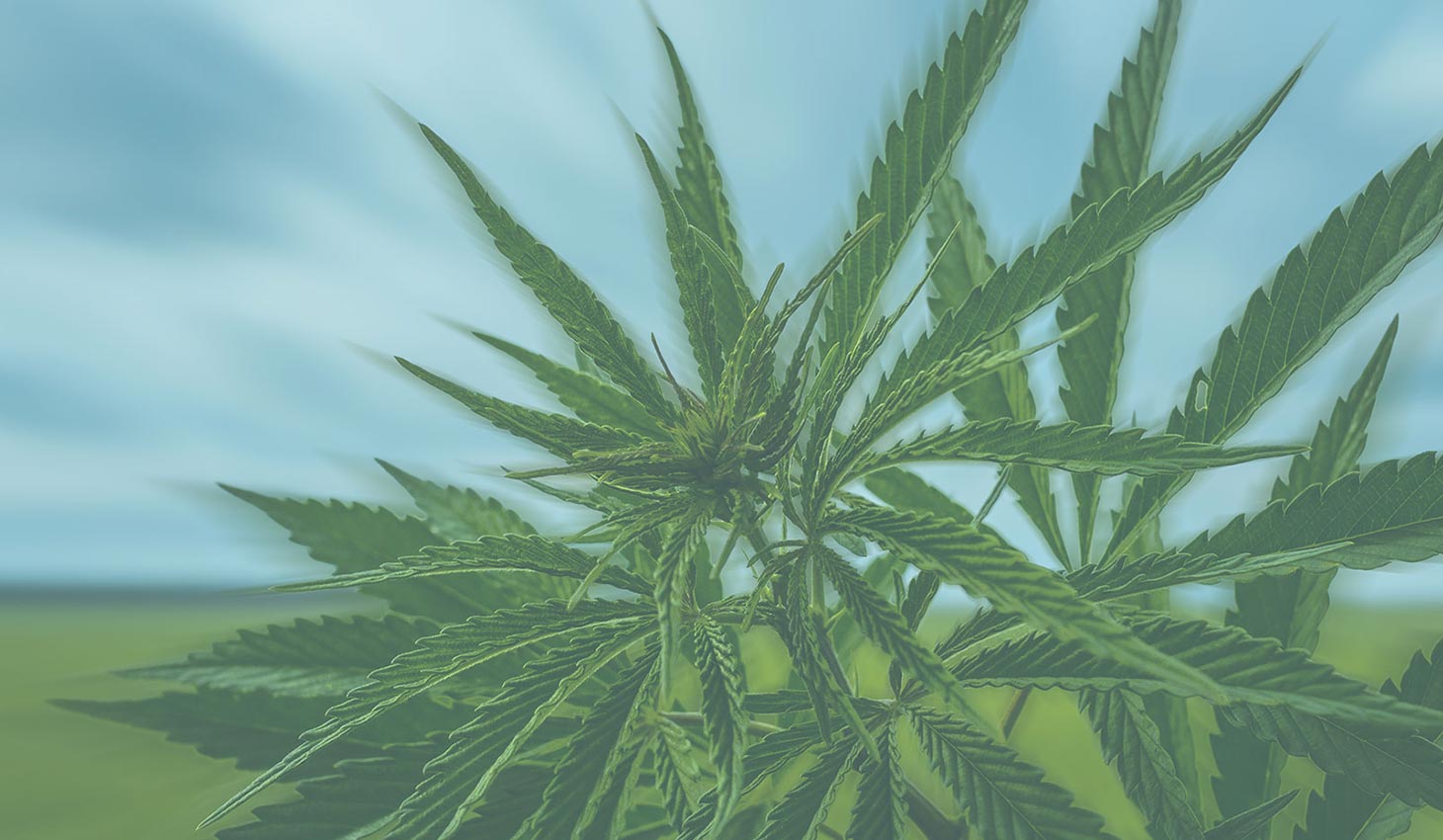
Using Vacuum Distillation To Improve Processing For Medicinal Cannabis Products
Cannabis Vacuum Distillation, Part IV:
Creating Better Medicinal CBD Products
Like the larger cannabis market, the CBD submarket is experiencing huge growth. It’s expected to reach $2.1 billion in sales in three years with about $450 million of that coming from hemp products, according to Forbes.com.
CBD is used more for medicinal purposes, unlike THC products. Derived from either industrial hemp or marijuana plants, these products are used to treat anxiety, inflammation, vomiting, epilepsy and other conditions.
Whether using cannabis or hemp to produce medicinal products, processors are looking to established tools and techniques to improve their CBD manufacturing throughput and quality.
We’ve already looked at solvents, ethanol extraction and rotary evaporation in earlier blogs. Now let’s take a look at how vacuum distillation is used in cannabis processing:
Manufacturing Needs For CBD Products
CBD products require additional processing to remove terpenes and lower the THC content to avoid the psychoactive high. This process is required, whether processors are using marijuana plants or hemp.
Once processed, the CBD-rich products are used in the consumer market as an anti-inflammatory, anti-seizure and other treatments.
How The Distillation Process Works
Distillation methods can isolate enriched component fractions of extracts. Since terpenes, THC and CBD have high boiling points (156-250°C; 312-482°F) distillation under atmospheric conditions is undesirable. Exposure to oxygen at these high temperatures can promote oxidation and prolonged heat exposure leads to thermal decomposition. By applying a vacuum, the boiling points are lowered. Vacuum conditions remove oxygen, thus eliminating product oxidation while lowering the boiling point temperature to lessen heat exposure.
There are three main vacuum distillation methods processors can use: short path, fractional and wiped film.
Distillation Methods: Short Path
In short path distillation, an apparatus with a multi-position receiver isolates the components. The oil is heated in a flask under vacuum (typically with a magnetically stirred hot plate) with a short path distillation attachment. The condenser is cooled with a recirculating chiller to provide cooling for condensation of the component vapors. As the vapor temperature increases, indicating a new compound/mixture fraction, the multi-position receiving flask is adjusted to isolate the different fractions of terpenes, THC and CBD.
Distillation Methods: Fractional
To improve results over the short path method, fractional distillation uses a longer fractionating column installed between the vessel with heated oil and the condenser apparatus. This can consist of various types of columns (Vigreux, Oldershaw, etc.), enabling finer separation of the components. The added length of the fractionating column with protrusions, trays or packing material causes the vapor to equilibrate with the liquid state, thus providing a refined separation of the components.
Distillation Methods: Wiped Film
Wiped film distillation is a variation of short path distillation, which can operate in batch or continuous modes. While under vacuum, the oil is introduced to the top of a heated vertical cylinder. As the oil enters the cylinder, it encounters rotating wipers or rollers that create a thin film on the heated surface. A long, slender condenser in the middle of the apparatus, cooled with recirculating fluid, condenses the vapor. Receiving vessels collect the condensate and the high temperature residue at the bottom.
A recirculating heater provides temperature control of the feed container and outer jacketed wiped film body. Refrigerated circulators cool the condenser and vacuum trap. Process optimization of the feed rate, vacuum and temperatures must be conducted to yield the desired component composition in the distillate. This method reduces the exposure time of the oil and can increase productivity if it’s run in a continuous mode.
Regardless of the vacuum distillation method used, the distillation process may need to be repeated until the desired purity and composition is reached.
To learn more about the best tools and techniques to improve your cannabis product manufacturing, read our whitepaper, “The Cannabis Workflow and the Importance of Temperature Control.”
Find out more about JULABO USA’s temperature control equipment by visiting us at julabo.us.

